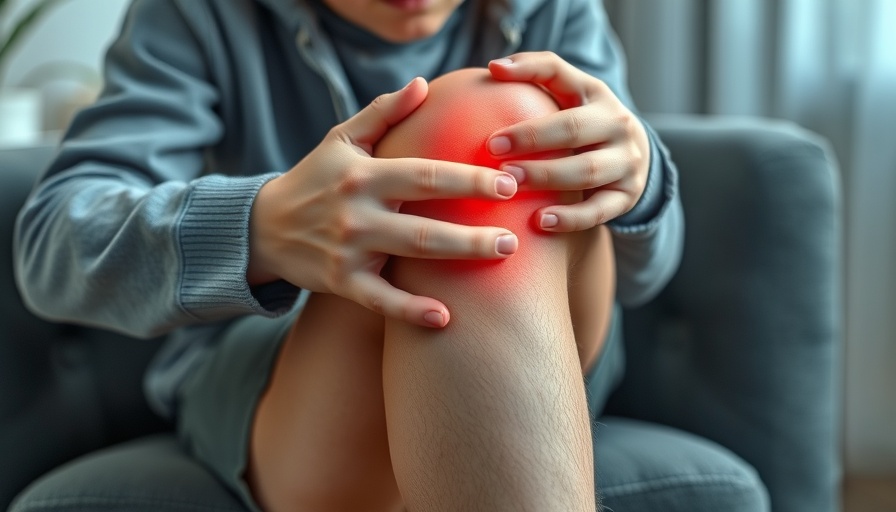
Understanding the Connection Between Monsoon and Joint Pain
As the monsoon season sets in, many people with joint pain notice a significant increase in their discomfort. This uptick in pain can be attributed to a few common factors tied to the changing weather, with one doctor offering a unique analogy: think of your joints like balloons. When the humidity rises, the balloon expands, which can increase pressure on the joints, causing pain and discomfort. This understanding sheds light on why many dread the rainy season, especially those already grappling with arthritis or other joint issues.
The Science Behind Joint Sensitivity in Rainy Weather
Scientifically, it's thought that fluctuations in barometric pressure can lead to increased swelling in the joints. During monsoon, this pressure drops, causing expansion and discomfort. Coupled with higher humidity levels, which can lead to inflammation, those prone to joint pain may find themselves in a particularly vulnerable state.
Experts also note that rainy weather often leads to physical inactivity due to the persistent dreary conditions. This lack of movement can result in stiffness, making the joints feel even more painful. The cycle continues as inactivity contributes to more pain, as the body relies on movement to keep joints lubricated and functioning well.
Common Misconceptions About Joint Pain in Monsoon
Often, people believe that the cold associated with rainy weather is the main culprit for increased joint pain. However, experts explain that the key factor is actually the changes in humidity and barometric pressure, not just temperature. This misconception can lead to ineffective remedies, as many seek heat and warmth while the real problem lies in the ability of joints to cope with pressure changes and moisture.
Effective Practices to Mitigate Joint Pain
To manage discomfort during the monsoon, doctors recommend several proactive approaches. These include:
- Stay Active: Gentle exercises like yoga, swimming, and stretching can keep joints flexible and muscles strong.
- Maintain a Healthy Diet: Foods rich in Omega-3 fatty acids, such as salmon and flaxseeds, can have anti-inflammatory effects. Staying hydrated is also crucial.
- Use Heat Therapy: Applying warmth to stiff joints can help relieve pain and improve circulation.
- Mindful Medication: Consulting with a healthcare professional about pain relief options can be beneficial, particularly with weather-related flare-ups.
Future Trends in Joint Pain Management
Looking ahead, medical research is promising in terms of developing innovative solutions for chronic pain. Advances in biotechnology and regenerative medicine could lead to new treatments aimed at reducing inflammation and repairing joint damage. Furthermore, the integration of wearable technology might allow individuals to monitor their pain levels and physical activity in real time, enabling tailored management strategies during tough weather conditions.
Conclusion: Empowering Yourself Against Joint Pain
As the clouds gather and the rain begins to fall, it's essential to take proactive measures to manage joint pain. Understanding the underlying factors can make it easier to implement strategies that work for individual needs. By staying active, maintaining proper nutrition, and utilizing various therapeutic practices, those living with joint pain can cultivate resilience amidst the discomfort of monsoon season.
Don't let joint pain hold you back. Embrace the tips mentioned and explore new routines that can enhance your well-being through any weather.
 Add Row
Add Row  Add
Add 




Write A Comment